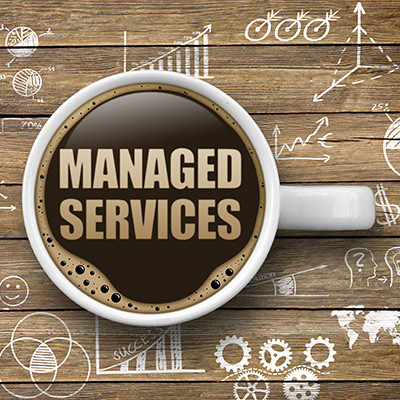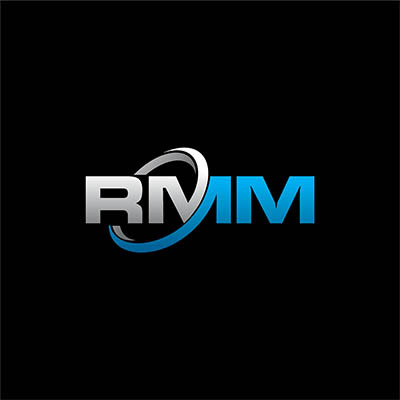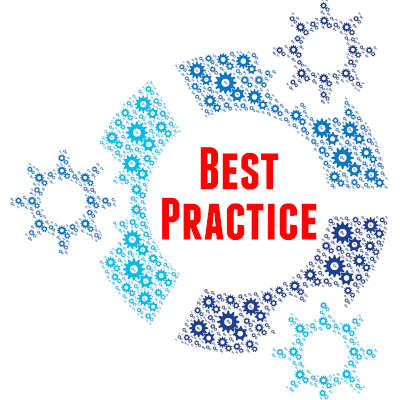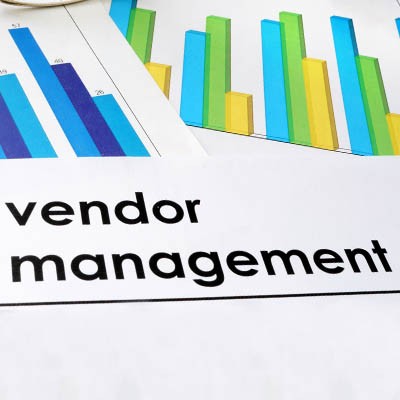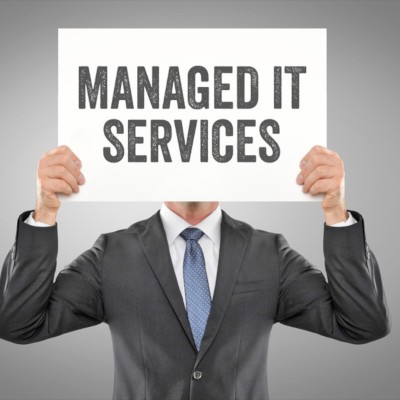There's a lot of pressure on (often understaffed and overworked) internal IT teams to manage and maintain increasingly complex systems. For businesses noticing signs of strain on their IT staff, seeking assistance from managed services providers (MSPs) could be the remedy. Here's how an MSP like us can alleviate the pressure and contribute to workplace wellness for all.
EZ MSP Blog
For any business to succeed, it needs to exhibit some degree of empathy toward its audience. Otherwise, the services and products they offer will be less likely to meet the priorities and needs that its targets are experiencing.
As a managed service provider, this is perhaps most true of us, as our services revolve around predicting the needs of our clientele and resolving them… ideally, before the client even realizes they have a need to fulfill.
The cloud has enabled managed IT service providers, or MSPs, to fill a uniquely shaped void in many companies’ business models. Working with a managed service provider can make up for all of the traditional challenges of technology maintenance and management while also affording you unique opportunities to reduce costs, minimize waste, and maximize productivity.
In good times and bad, profitability is the priority for most businesses out there. Having said that, this priority is typically a challenging one to achieve, but did you know that there are a few different ways that investing in a relationship with a managed service provider can help increase your productivity—and as a result, your overall profitability?
Business technology is a useful tool, there’s no way around it. Unfortunately for businesses, technology has to be replaced every so often. Even if the technology doesn’t break, there are innovations made that can help your organization do what you do better. The thing is: Technology does break, so you need to understand how to get the most value out of it when it is working.
Let me ask you a question: is there anything in your office that doesn’t rely on technology in some way, shape, or form (and no, the old coffeepot that makes the perfect cup doesn’t count)? Increasingly, the answer to that question is “no.” Let’s review how much the average business nowadays relies on IT to really reinforce how ubiquitous technology has become.
We throw the term “best practice” around a lot… enough that, without an appreciation for what the term actually means, it can start to sound like just another buzzword that the IT guy is using to sound more impressive. We assure you that this is not the case, and that the term “best practice” actually does mean something.
It is undeniable that businesses have increasingly been relying on technology. The past year has been especially digital as millions of people were working remotely. Many of these people required some type of technology support. Today, we are going to discuss how companies like ours were able to provide comprehensive IT support to so many people while they worked from home.
If you are a frequent reader of our blog, you will notice that “best practices” is a term that is used generously. That is because there are certain ways to go about things when you are working with technology. Today, we wanted to go over what the term actually means and why they are important when managing your business.
We’ve all heard the title CEO before, business shorthand for Chief Executive Officer. In fact, it may be a title that you hold yourself. While the CEO of a company is undoubtedly important, it is crucial to consider what other c-level roles should also be filled. As a technology-centric company, we often consider roles like the CIO, the CTO, and soon enough, the CDO to be just as important.
Consider something for a moment: aside from their size and the resources at their disposal, what makes a small to medium-sized business so different from a large, enterprise-sized one? If you really consider it, there isn’t all that much. This is why many SMBs have turned to managed services… to receive IT support comparable to what the large businesses get.
In today’s competitive business environment, you need all the help you can get. One of the biggest advantages you can achieve for your business is to take advantage of a trusted and reliable managed IT provider that can give your organization advice on how to navigate the murky waters of the technology world.
What would you do if you sat down at your desk one morning, coffee still kicking in, to discover a pop-up message on your computer announcing that Microsoft has detected a fatal issue with your workstation, and if they aren’t allowed to remote in and fix it, the entire network could be at risk? Would you be able to, in the heat of the moment, recognize it for the scam that it is and disregard it?



